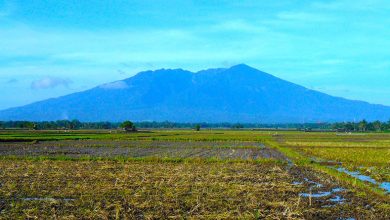Preparation for Self-Government
The United States had declared their intention of remaining in the Philippines only until the Filipinos were ready for self-government; they were in any event by no means sure that they wanted to hold on to their new colony. Executive and legislative powers were in the hands of a civilian Governor, who was also chairman of the Philippine Commission. The Schurmann Commision (1899) recognized the determination of the Filipino to gain their independence and recommended the establishment of the institutions for civilian domestic government as soon as possible. While the Taft Commission (1900) gave the legislative and executive authority to put in a place the civilian government recommended the by the first commission. The Philippine Act of 1902 established a wholly civilian government which took over from the first military government. Previously, in 1899, a Supreme Court with a majority of Filipino judges had been set up; and administrative authority at both the provincial and municipal levels was entirely in the hands of Filipinos. Nevertheless, the United States were in complete control until the establishment of the Legislative Assembly which was elected in July 1907. The Nacionalista Party of Manuel Quezon and Sergio Osmeña won the election.
Finally self-government was introduced by the Jones Act or Philippine Autonomy Act of 1916, which provided for the independence of the Philippines to be recognized as soon as a stable government was established. Filipinos now shared in the government of the country, holding all the ministerial portfolios except education. The Jones Act also provided for the election of a second chamber, the Senate, which replaced the Philippine Commission, so that the Filipinos now had a complete political and administrative system operating under American supervision. The filipinisation of the public service was a slow process in the early stages but had taken on a faster tempo in 1912. Finally, the Filipinos secured the right to send two representatives to the United States Congress. Although Governor Harrison (1913-21) encouraged the legislative proposals of the Filipinos his successor Leonard Wood (1921-27) made much use of his right of veto. Following a minor incident in 1923, all the Filipino members of the Cabinet resigned in protest.
In 1926 a Supreme National Council was established to deal with all matters relating to the campaign for independence. Concern had been felt over an American bill (which was not in fact passed) providing Mindanao and Sulu to have a special status: the Muslims were apprehensive about centralized government from Manila, and it was remembered that immediately after their arrival, in 1899, the Americans had signed a separate treaty, the Bates Agreement, with the Sultan of Sulu.
The American policy of non-intervention in the affairs of the Moros was maintained until the pacification of the rest of the country; but thereafter, in contrast to the long continued vacillations of the Spaniards, the Americans swiftly asserted their authority in virtue of their military superiority. They abolished slavery, but made no attempt to displace the Islamic faith. Their modern weapons enabled them to wreak havoc on the opposing Moro forces, and the battles of Bud Daho (1906) and Bud Bagsak (1913), both on the island of Jolo, caused enormous carnage. After the second battle, the fighting was, for all practical purposes, at an end. Thereafter, the southern Philippines were at first governed independently as a Moro province, and later directly administered by a Ministry for Mindanao and Sulu. The American authorities enforced the payment of taxes and built schools, hospitals and roads.




